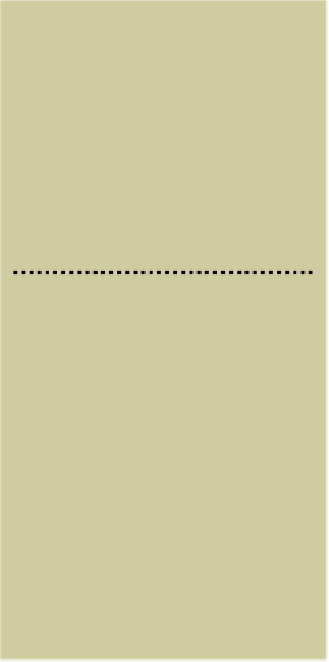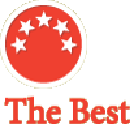Travel Reference
In-Depth Information
In this climate, in 1924 political leader Victor Raúl Haya de la Torre founded the Amer-
ican Popular Revolutionary Alliance (APRA) party, which espoused populist values and
celebrated 'Indo-America.' It would remain illegal for long periods of the 20th century.
Dictatorships &
Revolutionaries
After the start of the Great Depression in 1929,
the country's history becomes a blur of dictator-
ships punctuated by periods of democracy.
Augusto Leguía, an autocratic sugar baron from
the north coast, gained power in 1919 via a
coup d'état and ruled for almost a dozen years.
He was followed by Colonel Luis Sánchez
Cerro, who served a couple of short terms in the
1930s. Though his time in office was turbulent,
Sánchez was later celebrated for abolishing a
conscription law that required able-bodied men
to serve on road-building projects. (The law af-
fected indigenous men disproportionately.) By
1948 another dictator had taken power: former
army colonel Manuel Odría, who spent his time
in office cracking down on APRA and encour-
aging US foreign investment.
The most fascinating of Peru's 20th-century
dictators, however, is Juan Velasco Alvarado,
the former commander-in-chief of the army
who took control in 1968. Though he was ex-
pected to lead a conservative regime, in his
rhetoric Velasco celebrated the indigenous peas-
antry, championed agrarian reform and even
made Quechua an official language. Ultimately, however, his economic policies were fail-
ures, and he was pushed out of office by fellow military commanders in 1975.
Peruvian
Writers
1 EL INCA GARCILASO DE LA VEGA,
CHRONICLER
2 RICARDO PALMA, WRITER
3 ABRAHAM VALDELOMAR, ESSAYIST
4 CÉSAR VALLEJO, POET
5 JOSÉ CARLOS MARIATEGUI,
POLITICAL THEORIST
6 MARIO VARGAS LLOSA, NOVELIST













